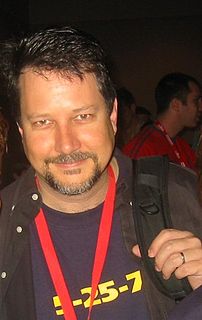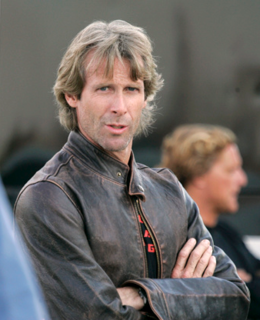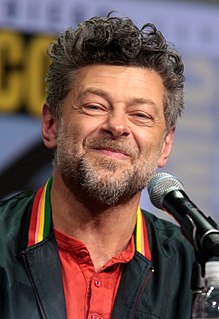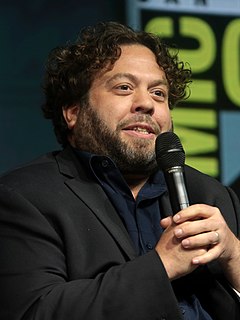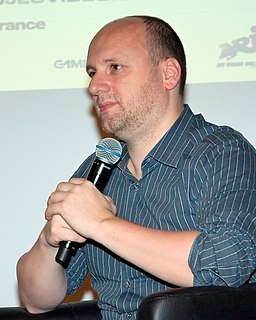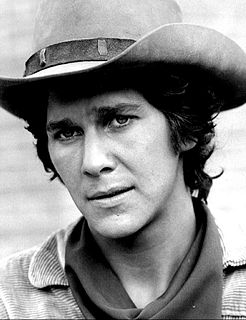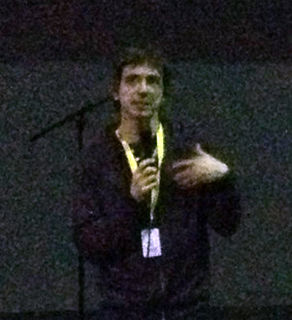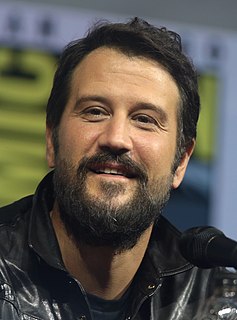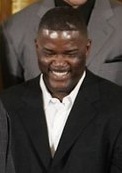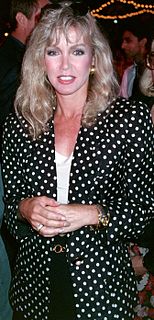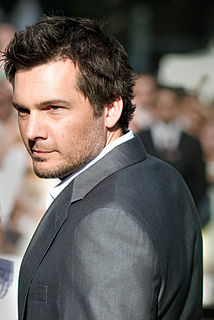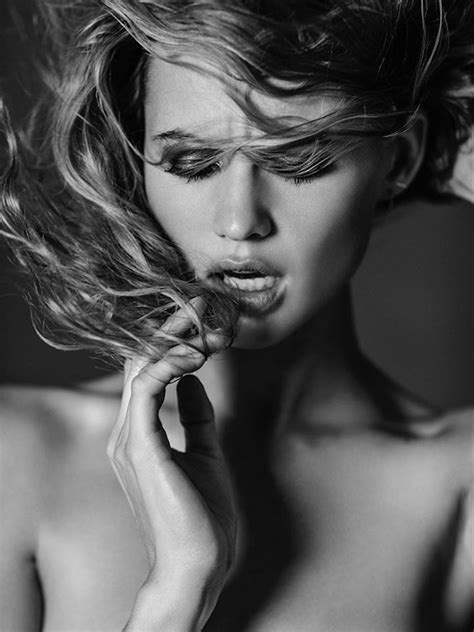A Quote by John Knoll
When you are shooting traditional motion capture, it's a big footprint on set. There are, like, 16 cameras that are needed and constraints over the lighting.
Related Quotes
I don't ever want to do a movie where you shoot it on a motion capture stage. I just don't like taking the reality out of it. I like being on the set in real environments. I don't like shooting on green screen. I think it gives the actors so much more to play with when there's real stuff happening on the set.
'Mars Needs Moms' was motion capture, where you walk into a space that's essentially a black box with cameras everywhere. It was so technical. You have these mandibles with cameras on your face and a helmet, and you have to hit certain marks. You couldn't shoot this stuff without the green-screen aspect.
Whether you make an action blockbuster or a comedy or a drama, you've got the right camera and all the right technology to do it. In games, it's not the same yet, and I would like to see technologies dealing with cameras the way we do - dealing with bouquet, dealing with performance capture, with lighting - with all this stuff the way we do.
Motion capture is exactly what it says: it's physical moves, whereas performance capture is the entire performance - including your facial performance. If you're doing, say, martial arts for a video game, that is motion capture. This is basically another way of recording an actor's performance: audio, facial and physical.
I'd been working on more traditional movie sets and TV shows at Universal. All of a sudden, here we're on location in Animal House, and it's down and dirty and quick. It was the way the new commercial world was shooting; the way the indie world was shooting. These were lighter, faster cameras. It was a generational change.
I didn't so much think I needed to address the shooting need. What we needed was somebody who could come in and play the two-three (shooting guard-small forward) spot. If he could've been a pure shooter, great. But if not, we still needed somebody to give us minutes there. I like the guys we've got.
One thing that is very different technically is that you don't get a lot of coverage in television. Not like you do on a film. I know we don't have time for separate set-ups, so I will design a scene where I'm hiding multiple cameras within that set-up. That way, if I don't have time to do five set-ups, I can do four cameras in one set-up. It's a different kind of approach for that. For the most part, a lot of television, in a visual sense, lacks time for the atmosphere and putting you in a place.
